Goheal: Whose Ambitions Lurk in M&A? Decoding the Control Game Behind Listed Company Acquisitions
More and more "capital screenwriters" have begun to use the method of "structural design + rhetoric packaging" to turn mergers and acquisitions into a "beautiful-looking" drama. The protagonist is no longer the company itself, but the capital alliance behind the operator. They arrange the board seats tightly, hide the voting rights in seemingly ordinary contracts, and wrap the controlling rights transactions in multi-layer agreements, making it difficult for ordinary investors to discern the truth, and the regulators need several rounds of inquiries to "unravel the cocoon and extract the silk."
Who really has the final say in this merger drama?
We once participated in a merger and acquisition project in the pharmaceutical industry. On the surface, it was a Hong Kong-funded company acquiring pharmaceutical assets in the mainland, but there were multiple "thorns in the eye" behind it: first, the project funds came from a special purpose vehicle (SPV) of overseas private equity, and the ultimate beneficiary could only be seen after several rounds of penetration; second, the acquired company started the replacement of senior executives and the reconstruction of the channel system immediately after the delivery, almost "changing style in seconds"; third, although the original controlling shareholder was still the "largest shareholder" in the disclosure, the voting rights were "in name only", and the real controller achieved behind-the-scenes dominance through voting agreements.
American Goheal M&A Group
Such cases are not uncommon in the Goheal database. Goheal observed that more and more institutional investors are aiming for controlling rights, first becoming "small shareholders", then "entering the board of directors", and finally sitting firmly in the middle of rounds of additional issuance and private placement. This process may take several years, but it is steady, accurate and ruthless: there is no goodwill explosion caused by premium mergers and acquisitions, and there is no regulatory attention caused by suspension announcements, but the actual control transfer can often be completed in the calm market.
Why do mergers and acquisitions and restructuring nowadays prefer to "tell stories"?
In a word, it is not easy to cheat money. Investors are getting smarter, supervision is getting stricter, and the traditional "buy assets at high prices" model has long been out of practice. But storytelling - especially those about "transformation", "technology", "AI", and "dual carbon" - can still move people's hearts.
Once the narrative logic is established, any high valuation seems reasonable; once the logic is implemented, any strange transaction structure can find "strategic significance". But many times, these stories are just appearances, and their existence is to cover up the real intention of transferring control.
Goheal often sees such scripts in the M&A consulting process: when the controlling shareholder introduces a "strategic investor", it often comes with a "vision blueprint": to enter new energy, to get involved in the metaverse, and to enter CRO. It sounds exciting, but when it comes to the financial calculation stage, it is found that the corresponding revenue model is unclear, the project progress is difficult to verify, and the upstream and downstream integration is uncertain. The story is full, but the reality is skinny.
These "story-type mergers and acquisitions" are for market value management in the secondary market on the one hand, and for the smooth debut of new capital on the other hand. However, more and more investors no longer just look at "what was said", but begin to look at "who is speaking" and "who benefits after speaking".
Is the real motivation of mergers and acquisitions just market value management?
Looking back at the mergers and acquisitions in the past decade, some people did it to improve performance, some for market value management, some simply to clear out shareholders and exit holdings, and some for "technology in exchange for rights". But Goheal always believes that the ultimate motivation for all this can be summed up in three words: control.
For controlling shareholders, market value is just a result; transformation is a process; and control is the goal. For companies that lose control, no matter how high their market value is, it is just a wedding dress for others; no matter how successful the transformation is, if the strategy is not controlled by oneself, it will not escape the fate of "entering the trap".
Therefore, we will see more and more listed companies openly under the banner of "integrating resources", but secretly preparing for the subsequent "capital takeover"; we will see the target company use "forward betting" to force the original management to transfer the board's dominant power; we will also see that after many transactions are completed, the market value has not increased but decreased, but the controlling rights have quietly changed hands and become the chips of the "real winner".
How does supervision respond to this capital undercurrent?
It has to be said that the regulatory authorities are not unaware. Since the full implementation of the registration system, the information disclosure and actual controller identification standards of mergers and acquisitions have been greatly strengthened, and issues such as voting rights arrangements, penetrating shareholding structures, and identification of the same actual controller have gradually been included in the high-frequency words of the "inquiry list".
In 2024, a penalty announcement on the "undisclosed change of control" of a media company attracted widespread attention from the market. The reason is that the company handed over the board seat to the original target management team in a round of additional issuance, resulting in a substantial change in the controlling position, but it was not disclosed in a timely manner as required, which aroused regulatory doubts. This case also proves once again: If we don't make it clear who is in charge, all stories are castles in the air.
In this context, Goheal also actively promotes the visual design of "control map" in M&A transactions, helping companies build a clear rights and responsibilities framework, while assisting investors to identify the "control code" behind information disclosure.
Conclusion: Are you ready for the next M&A trend?
"Market value, transformation, or storytelling?" This is the question written in the first line of the press release before the opening of every M&A. But when the stage ends and the audience leaves, the one who can stay and continue to have the final say is often not who speaks well, but who sits in the middle of the board of directors.
Goheal Group
We hope that when readers look at M&A transactions, they can examine it from a higher dimension: Who controls the resources? Who is responsible for strategy? Who controls the voting rights? Who leads the budget? Only by seeing through these can we truly understand whether a M&A case is a "market value operation" or a "throne struggle."
So, what do you think of the control design in current M&A restructuring? Have you ever been misled by a "beautiful transformation story" in your investment decision? How do you think supervision should further identify and clarify the boundaries of actual controller changes?
Welcome to leave a message in the comment area for discussion. Goheal will work with you to understand the deep waters behind mergers and acquisitions.
[About Goheal] Goheal is a leading investment holding company focusing on global mergers and acquisitions, focusing on the three core business areas of listed company control acquisition, listed company mergers and acquisitions and restructuring, and listed company capital operations. With its deep professional strength and rich experience, it provides enterprises with full life cycle services from mergers and acquisitions to restructuring and capital operations, aiming to maximize corporate value and achieve long-term benefit growth.


